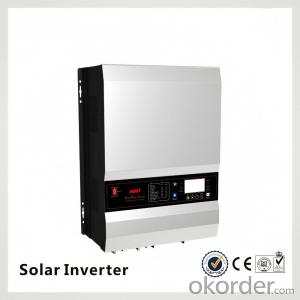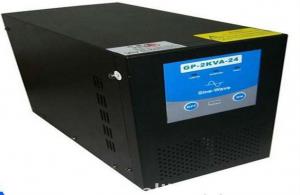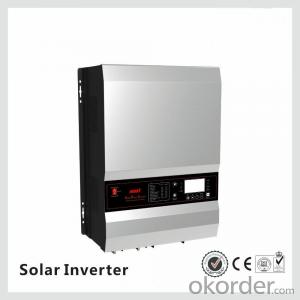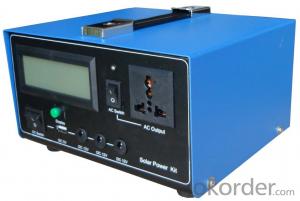Solar 2000 Watt Power Inverter
Solar 2000 Watt Power Inverter Related Searches
Solar Power Inverter For Rv Solar Power Kit With Inverter Inverter In Solar Power Plant Best Solar Power Inverter Home Solar Power Inverter Best Off-Grid Solar Inverter Best Off Grid Solar Inverter On Grid Solar Power Inverter Off Grid Solar System Inverter Best Hybrid Solar Inverter UkHot Searches
Best China Solar Inverter Solar Inverter In Dubai Solar Inverter In Saudi Arabia Solar Inverter In Uae Solar Inverter In Kerala Solar Inverter In Nepal Solar Inverter In Burpengary Solar Inverter In Caboolture Solar Inverter In Chennai Solar Inverter In Lebanon China Solar Inverter 3kw 220v China 220v Solar Inverter China 10kva Solar Inverter China Solar Inverter 1000kw China 5000w Solar Inverter China 850va Solar Inverter China Infini Solar Inverter Solar Inverter China Solar Pump Inverter Price Solar Electric Inverter PriceSolar 2000 Watt Power Inverter Supplier & Manufacturer from China
Okorder.com is a professional Solar 2000 Watt Power Inverter supplier & manufacturer, offers integrated one-stop services including real-time quoting and online cargo tracking. We are funded by CNBM Group, a Fortune 500 enterprise and the largest Solar 2000 Watt Power Inverter firm in China.Hot Products
FAQ
- Yes, a solar inverter can be used with a solar-powered electric fence system. The solar inverter is responsible for converting the direct current (DC) generated by the solar panels into alternating current (AC) to power the electric fence system. This allows the solar panels to efficiently charge the battery and power the electric fence, providing a renewable and sustainable energy solution.
- Yes, a solar inverter can be used for three-phase power systems. Three-phase solar inverters are specifically designed to convert the DC power generated by solar panels into AC power for three-phase electrical systems. These inverters are capable of handling higher power loads and are commonly used in commercial and industrial settings where three-phase power is required.
- A solar inverter handles voltage unbalance in the grid by employing its control algorithms to monitor and regulate the output voltage. When the solar inverter detects an unbalanced grid voltage, it adjusts the output voltage accordingly to maintain a balanced supply. This is typically achieved by injecting reactive power or adjusting the phase angle of the output voltage to synchronize it with the grid. By actively managing voltage unbalance, a solar inverter ensures stable and reliable power conversion in the presence of grid voltage fluctuations.
- A central inverter is a type of inverter that is used in large-scale solar installations. It takes the direct current (DC) electricity generated by multiple solar panels and converts it into alternating current (AC) electricity that can be used to power homes or businesses. A central inverter is typically located in a central location, such as a utility room or basement. On the other hand, a string inverter is a type of inverter that is used in smaller-scale solar installations. It also converts DC electricity from multiple solar panels into AC electricity, but it does so at the string level. This means that each string of solar panels has its own dedicated inverter. String inverters are usually installed near the solar panels themselves, which can make them more convenient for maintenance and troubleshooting. In summary, the main difference between a central inverter and a string inverter is the scale of the solar installation they are used in and their physical location. Central inverters are used in larger installations and are located centrally, while string inverters are used in smaller installations and are located near the solar panels.
- Yes, a solar inverter can be used with different types of tracking systems. The function of a solar inverter is to convert the DC (direct current) generated by the solar panels into AC (alternating current) that can be used to power electrical devices. As long as the tracking system is capable of generating DC power from the solar panels, the solar inverter can be used to convert it into usable AC power.
- A solar inverter handles voltage and frequency variations caused by load shedding by constantly monitoring the grid conditions. When it detects a drop in voltage or frequency, it adjusts its output parameters accordingly to maintain a stable supply of electricity to the connected loads. This ensures that the devices receiving power from the solar inverter are not affected by the fluctuations in the grid caused by load shedding.
- The potential risks of electrical shock from a solar inverter include accidental contact with live electrical components, inadequate grounding or improper wiring, and failure to follow safety precautions during installation or maintenance. Additionally, poor maintenance, lack of training, or using faulty equipment can further increase the risk of electrical shock.
- A solar inverter can positively affect the value of a property by increasing its desirability and potential energy savings. It allows for the conversion of solar energy into usable electricity, reducing reliance on the grid and potentially lowering energy bills. Additionally, having a solar inverter in place can demonstrate a commitment to sustainability and environmental consciousness, which may be appealing to potential buyers and increase the property's overall value.














































